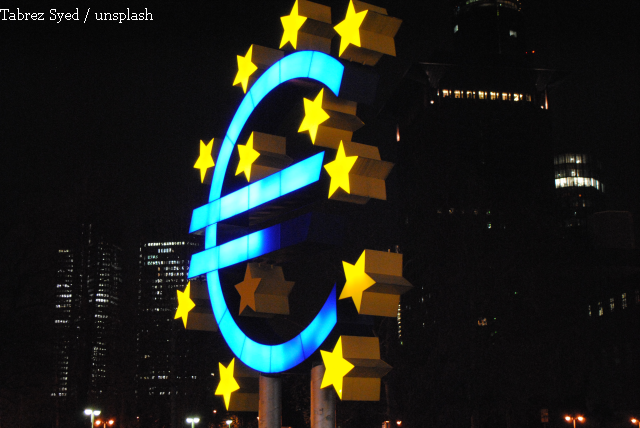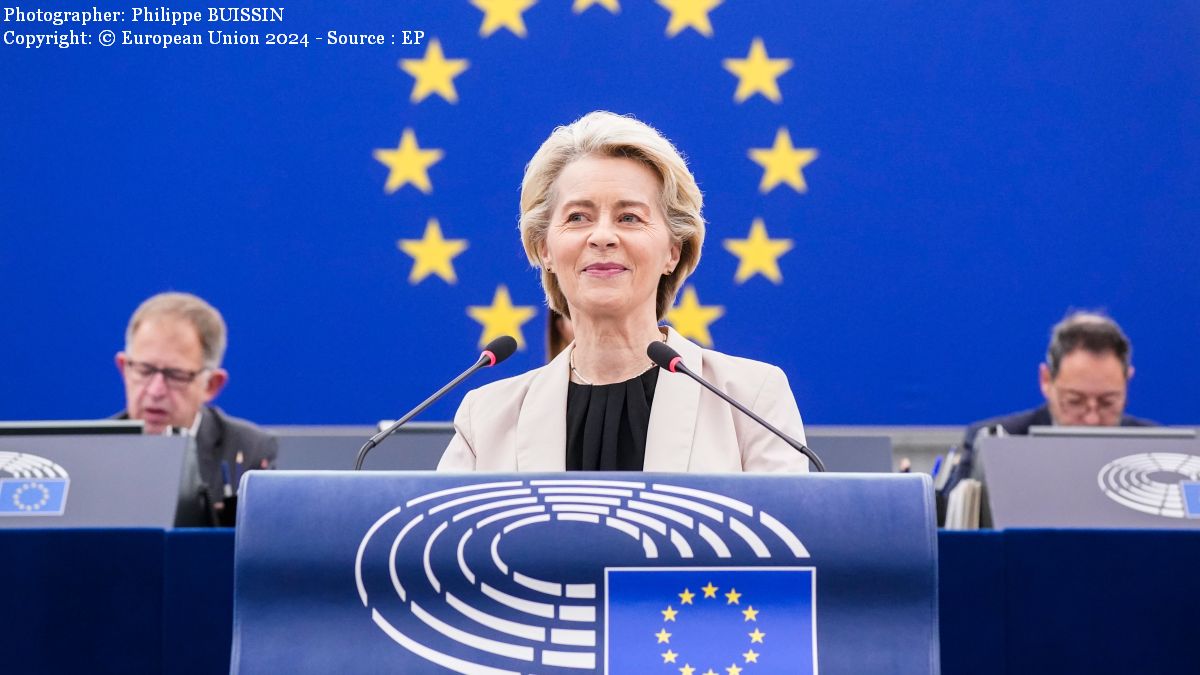The mechanisms of the Romanian economy
Romanias economy reported a growth rate of 7% in 2017 as compared to the previous year, this being the most significant growth of the past 9 years

Corina Cristea, 16.02.2018, 13:06
These figures make Romania a European champion in terms of economic growth, but the situation is regarded with scepticism by some analysts who point out, on the one hand, that this growth rate is based on vigorous consumption and, on the other hand, that economic growth does not always mean development.
“The main driver of growth was private consumption, supported by indirect tax cuts and wage hikes both in the public and the private sectors (…) Public investment fell sharply for the second consecutive year”, the European Commission has warned, estimating that GDP growth is forecast to decelerate to 4.5% in 2018 and 4.0% in 2019. The figures appear in the Winter Interim Economic Forecast issued by the European Commission and are similar to those in the latest analysis made by the World Bank.
Dan Suciu, the spokesman for the National Bank of Romania, has explained that Romania’s economic growth was indeed the result of steady consumption. He also said that Romania had a record industrial production, which was a good thing, but the high level of consumption pushed prices up, and this is an economic low that cannot be counterbalanced, says Dan Suciu. According to him, raising salaries is a good thing, but productivity should also be raised so as to be able to prevent such artificial rises.
Dan Suciu also believes that besides consumption and industrial production, public investments could be a 3rd engine behind economic growth. Actually, Romania’s economy has a lot of potential for growth but it is not fully capitalized upon, says the national bank’s spokesman.
The fact that consumption was the main engine behind Romania’s economic growth had negative effects on the trade deficit which went up by 30% in 2017, said the governor of the National Bank of Romania, Mugur Isarescu, upon the presentation of the latest report on inflation. According to him, Romania’s economy is faced with a number of structural problems among which the increase in the trade deficit, and an important measure in this regard would be developing the domestic market rather than focusing on increasing exports, and he gave as an example the farming and food industry.
Financial analyst Aurelian Dochia has further details: “In terms of meeting the consumption needs of Romanians, there are certain economic sectors that do not correspond and do not satisfactorily meet the demand. The best example in this sense is the farming and food industry, because Romania does have potential for production. And a concrete example mentioned by the governor himself is the production of fruit, especially of apples. Unfortunately, despite the large areas cultivated with fruit trees and a big production capacity, Romanian apples never reach the shelves of supermarkets, mainly because of the producers’ failure to organize themselves properly.”
Another structural problem highlighted by governor Mugur Isarescu is related to the accumulated tension and the deficiencies on the labour market. What are the consequences of this situation?
Aurelian Dochia: “As of late, we have witnessed increased tension on the labour market because the demand of companies can no longer be met, both in terms of numbers of employees and structure. This obviously has a negative impact on the labour force costs and also on the structure of production. Because one cannot expect to develop the economy in sectors with a big added value, such as certain sectors of the industrial production or of the services industry, without having the necessary labour force for these sectors. Unless we solve this problem, we risk being stuck in a production area of the economy with a small added value, which means, for all of us, a development level and an income per capita much lower than the EU average level.”
Romania reported one of the fastest inflation rate growths in Europe in the second half of 2017, the rate rising from 0.9% to 3.3% in only 6 months, governor Mugur Isarescu also pointed out. (Translated by L. Simion, edited by D. Vijeu)






























